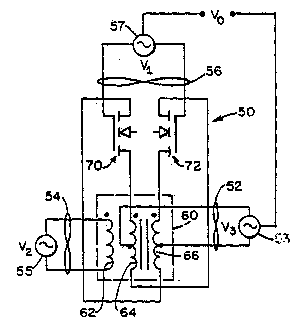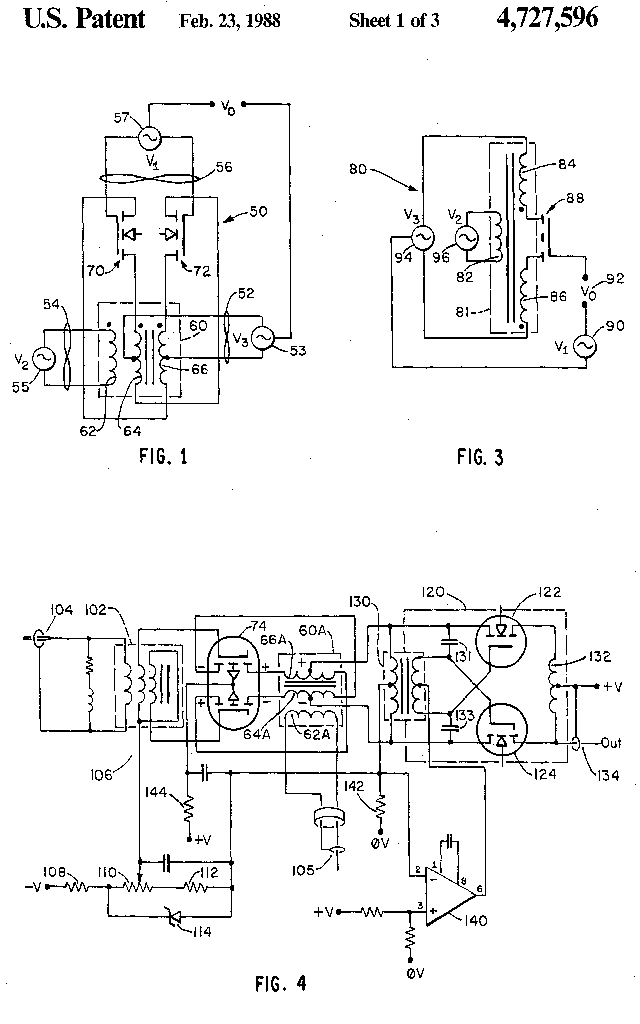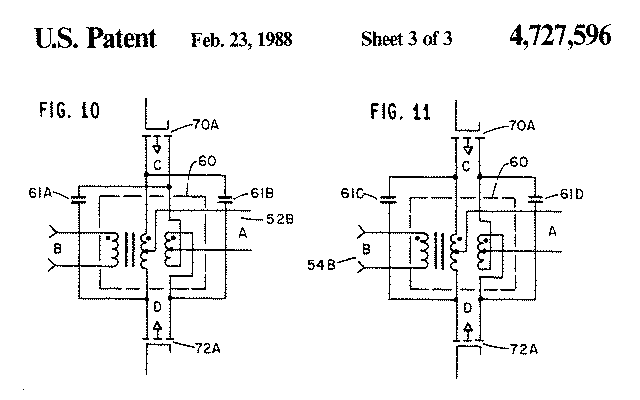A high performance, double-balanced mixer comprising a novel transformer
and a pair of variable conductance semiconductor devices connected thereto
which provides an output signal being the product of two input signals.
Two transformer windings each include a center tap which together form one
port of the mixer. Each variable conductance devices provides a selected
conductivity path across the end of one of the center tapped windings to
the beginning of the other center tapped winding. A second port signal
provided oppositely modulates the variable conductance devices to provide
a decrease in conductivity across one path while increasing the
conductivity of the other path. The third winding of the transformer
provides a third port to the mixer. A singularly-balanced mixer embodiment
is shown. The mixer according to the present invention is operable to
provide vastly improved linearity for either of two inputs as well as low
noise and wide bandwidth operation.
Other References
|
Mixers for High Performance Radio, Professional Program Session Record 24,
Wescon 81, Electronic Show & Convention, Sep. 15-17, 1981, Brooks Hall &
Civic Auditorium, Hilton, Hotel San Francisco, CA, Program, pp. 1-4.
|
|
Symmetric MOSFET Mixers of High Dynamic Range, R. P. Rafuse, Session XI,
Circuit Techniques II, 1968 International Solid-State Circuits Conference,
pp. 122 & 123.
|
|
Modeling and Simulation of Insulated-Gate Field-Effect Transistor Switching
Circuits, H. Schichman and D. A. Hodges, IEEE J. Solid-State Circuits,
vol. SC-3, Sep. 1968, pp. 285-289.
|
|
Termination Insensitive Mixers, Peter Will, Adams Russel, Anzac Division,
one page.
|




